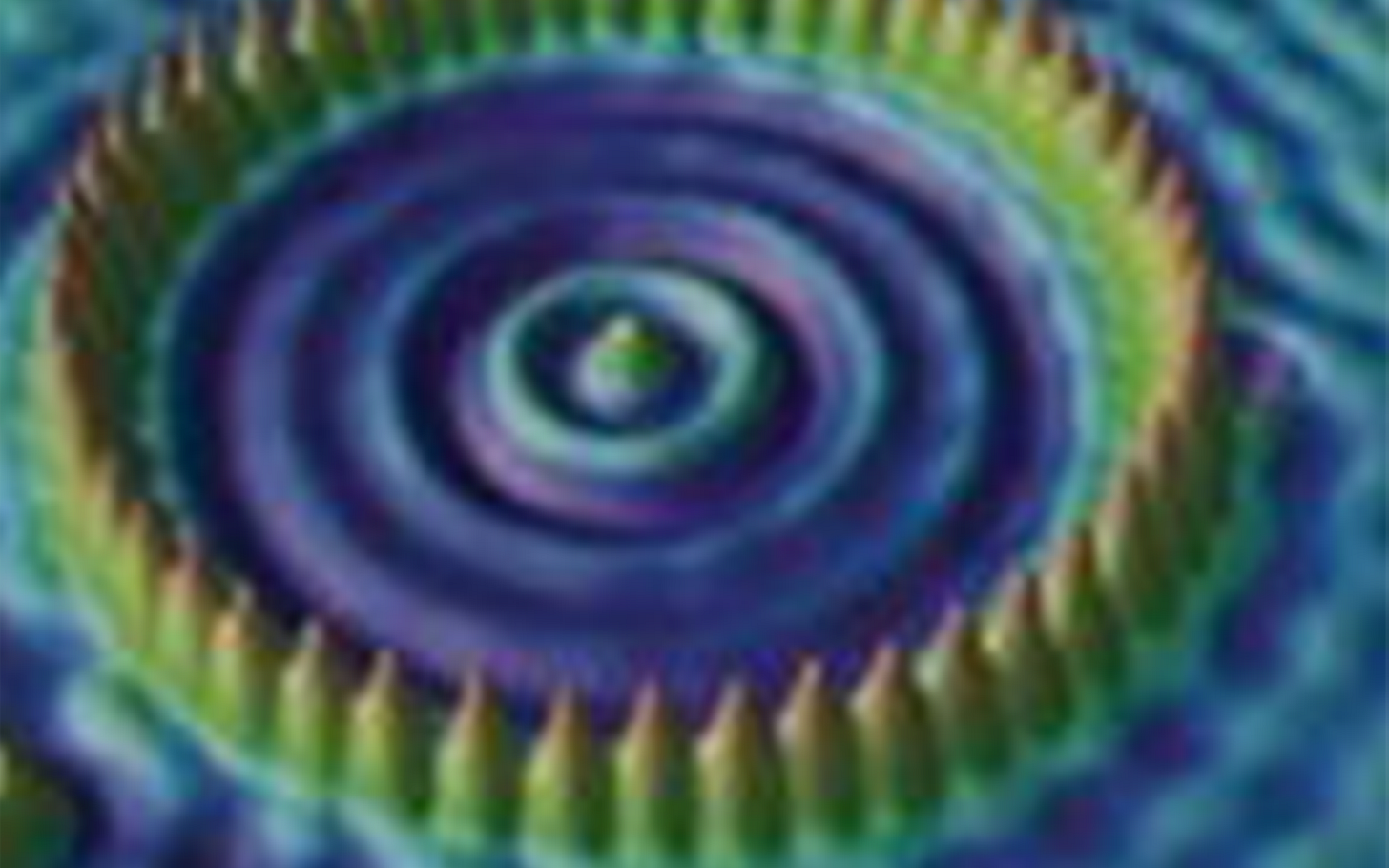Fifty years ago, the near-legendary physicist Richard Feynman of the California Institute of Technology (Caltech) gave a talk called There’s plenty of room at the bottom to the American Physical Society’s West Coast section. He outlined a vision of what would later be called nanotechnology, imagining ‘that we could arrange atoms one by one, just as we want them’. The rest is history.
But what sort of history? Did Feynman’s talk, published the following year in Caltech’s house magazine Engineering and science, really kick-start nanotechnology, or is that just a convenient fiction to link this emerging field to a colourful visionary?
There are three ways of approaching this question. One is to look at what Feynman said and ask how it relates to what nanotech is now about. Another is to see what effect his talk actually had on the science and engineering of his time. And the third is to ask researchers now actively engaged in nanotechnology whether Feynman’s talk holds any inspiration or insight for them.
All three lines of inquiry point to a rather different story from the one generally told. Feynman’s talk didn’t in any sense start nanotechnology. It didn’t really stimulate any new research at all, although the miniaturisation challenges he set sparked some neat feats of engineering. Indeed, some of Feynman’s contemporaries even wondered if his intent was purely comic (which would have been very much in character). Very little of the later, foundational work in nanotech drew on Feynman’s vision, and most was conducted in complete ignorance of it. His talk can be seen
in some respects as equivalent to the ‘prophetic’ writings of mediaeval scholars such as Roger Bacon and Nostradamus: flights of fancy that later ages have combed for ‘evidence’ of foresight, with their predictions of submarines, telephones and so on.
What is nanoscience?
The word Nanoscience refers to the study, manipulation and engineering of matter, particles and structures on the nanometer scale (one millionth of a millimeter, the scale of atoms and molecules). Important properties of materials, such as the electrical, optical, thermal and mechanical properties, are determined by the way molecules and atoms assemble on the nanoscale into larger structures. Moreover, in nanometer size structures these properties often different then on macroscale, because quantum mechanical effects become important.
What is nanotechnology?
Nanotechnology is the application of nanoscience leading to the use of new nanomaterials and nanosize components in useful products. Nanotechnology will eventually provide us with the ability to design custom-made materials and products with new enhanced properties, new nanoelectronics components, new types of “smart” medicines and sensors, and even interfaces between electronics and biological systems. These newborn scientific disciplines are situated at the interface between physics, chemistry, materials science, microelectronics, biochemistry, and biotechnology. Control of these disciplines therefore requires an academic and multidisciplinary scientific education
Why study nanoscience & nanotechnology?
Nanoscience and nanotechnology are at the forefront of modern research. The fast growing economy in this area requires experts who have an outstanding knowledge of nanoscience in combination with the skills to apply this knowledge in new products. A multidisciplinary scientific education is crucial to provide industry and research institutes with top quality experts who have a generic background in the different subdisciplines such as electronics, physics, chemistry, material science, biotechnology, and at the same time be experts in one particular field.
In the following posts I would like to offer the reader a particular vision of the different fields of nanotechnology (Nanomedicine, Nanobiotechnology, Nanomagnetism, Nanochemistry, Nanoelectronics, Nanofabrication, Nanomaterials, Nanoparticles, Nanophotonics, Nanotubes, Graphene, etc...). We will go into a deeper study of each of the disciplines through a series of interviews and videos.
For 18 years I have been and still am the contact person for the Spanish Nanotechnology Network (Nanospain) and this has encouraged me to start writing in this newsletter. I have had the opportunity to meet first hand Spanish and foreign researchers whose research revolves around Nanotechnology.
I hope you enjoy it. I will try to publish one post per week.
(Remember that this newsletter is more or less weekly, but not always free. If you don't want to miss an issue or any of the special essays, all of which are paid for, you can become a monthly or annual subscriber: click below on "become a paying subscriber" and choose the plan you prefer).




